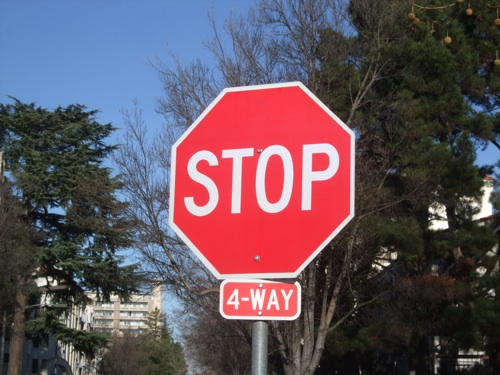
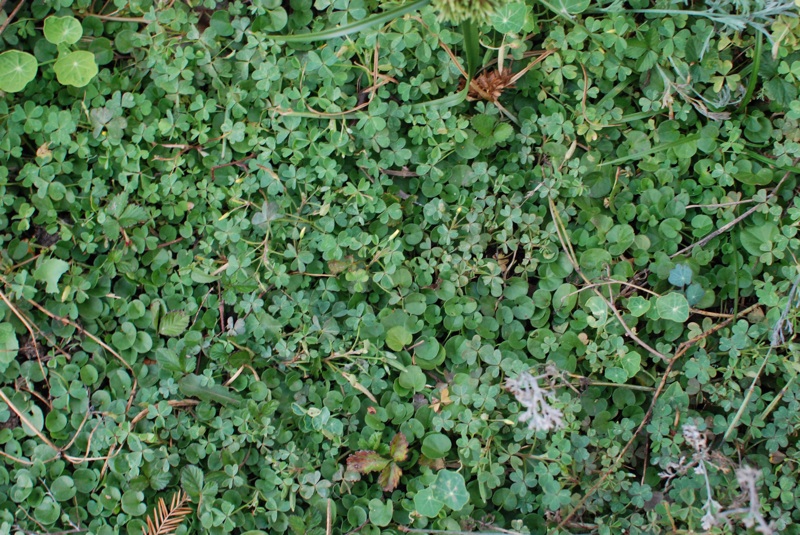
Building on the earlier image manipulation and logic sections, here we see how to implement a movie special effect.
The stop.jpg image and the leaves.jpg image


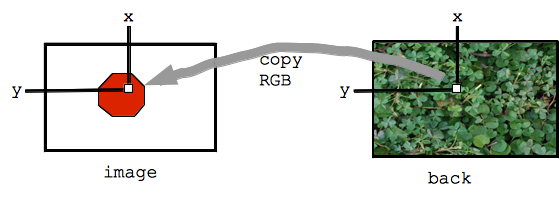
|
|
|
The above bluescreen example code detects the red part of the sign, and for those pixels, copies over the pixels from the back image. The bluescreen code below has 3 key differences from the earlier examples:
back = new SimpleImage("leaves.jpg");
-- open a
second
image and store it in the variable "back" (thus far we've only opened one image at a time)
pixel2 = back.getPixel(x, y);
-- say we are looking at pixel x,y in the main image. Get the x,y pixel from the
other image
and store it in the variable "pixel2". We can get the x and y of the current pixel in the loop with the functions pixel.getX() and pixel.getY().
pixel.setRed(pixel2.getRed());
-- copy the red value from pixel2 to pixel. Also do this for the other two channels. In effect, for the x,y location, this copies the pixel from back to image.
Experiments: (a) Try copying the leaves to the sky instead of to the red parts of the sign (similar to the earlier Night Mode problem). (b) Make the code a little shorter by eliminating the need for "x" and "y" variables. Put the calls to pixel.getX() and pixel.getY() right in the back.getPixel(...) call.
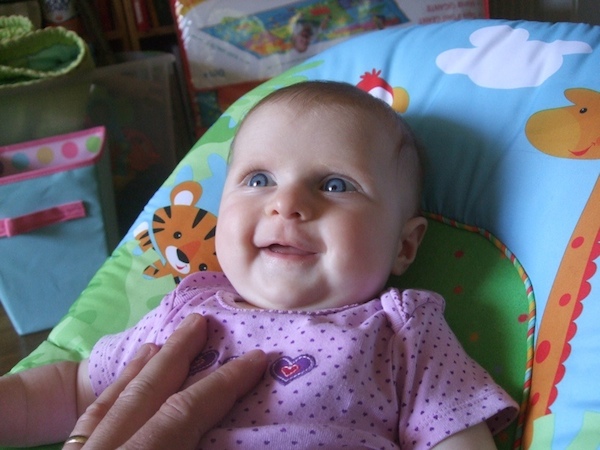
In this example we have the abby.jpg image -- make it appear that the green parts of her little chair are sprouting leaves.
|
|
|
Solution code:
Now we'll do one like the movies -- film the movie start in front of a blue screen.
Here is our monkey movie star:
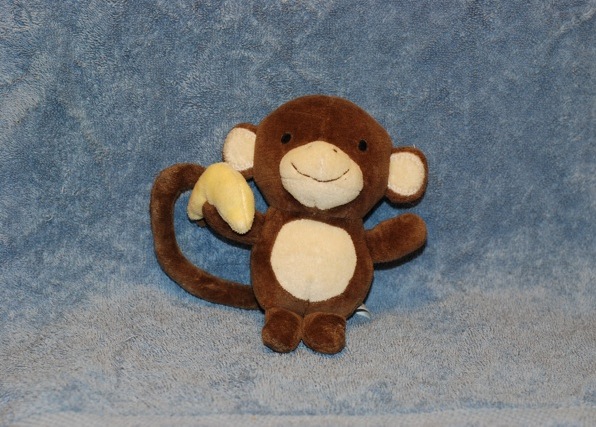
Here is our background, the famous Apollo 8 photo of the earth shown rising
above the moon horizon.

|
|
|
Solution code: